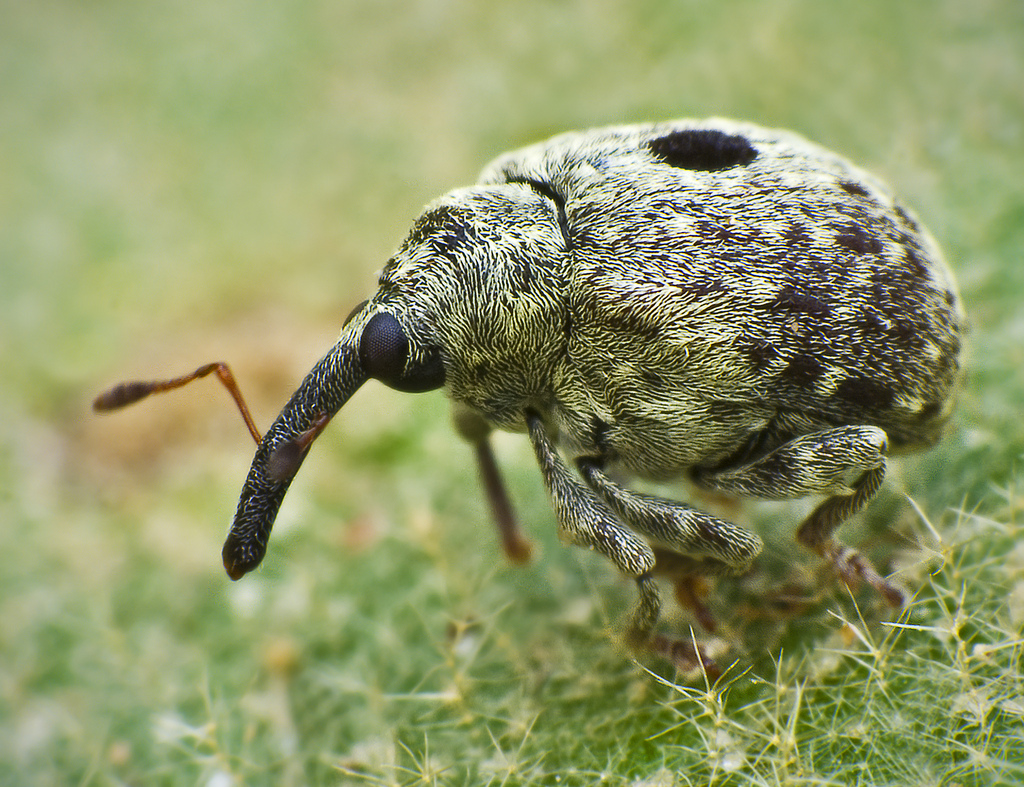|
Eupholus Magnificus
''Eupholus magnificus'' is a species of beetle belonging to the family Curculionidae The Curculionidae are a family of weevils, commonly called snout beetles or true weevils. They are one of the largest animal families, with 6,800 genera and 83,000 species described worldwide. They are the sister group to the family Brentidae. T .... Description ''Eupholus magnificus'' can reach a length of about . The elytra show transversal black, blue and green bands. The blue and green colours derives from very small scales. The pronotum and the legs are metallic blue. The top of the rostrum and the end of the antennae are black. Distribution This species can be found in New Guinea. References Universal Biological IndexerEupholus magnificus Entiminae Beetles described in 1877 Taxa named by Theodor Franz Wilhelm Kirsch {{Entiminae-stub ... [...More Info...] [...Related Items...] OR: [Wikipedia] [Google] [Baidu] |
New Guinea
New Guinea (; Hiri Motu: ''Niu Gini''; id, Papua, or , historically ) is the world's second-largest island with an area of . Located in Oceania in the southwestern Pacific Ocean, the island is separated from Australia by the wide Torres Strait, though both landmasses lie on the same continental shelf. Numerous smaller islands are located to the west and east. The eastern half of the island is the major land mass of the independent state of Papua New Guinea. The western half, known as Western New Guinea, forms a part of Indonesia and is organized as the provinces of Papua, Central Papua, Highland Papua, South Papua, Southwest Papua, and West Papua. The largest cities on the island are Jayapura (capital of Papua, Indonesia) and Port Moresby (capital of Papua New Guinea). Names The island has been known by various names: The name ''Papua'' was used to refer to parts of the island before contact with the West. Its etymology is unclear; one theory states that ... [...More Info...] [...Related Items...] OR: [Wikipedia] [Google] [Baidu] |
Theodor Franz Wilhelm Kirsch
Theodor Franz Wilhelm Kirsch (29 September 1818, Düben, Torgau - 8 July 1889, Dresden) was a German entomologist who specialised in Coleoptera. Kirsch was curator of entomology at the Staatliches Museum für Tierkunde Dresden in Dresden. His collection is shared betweeUpper Silesian Museum (Muzeum Górnośląskie w Bytomiu)in Bytom and Staatliches Museum für Tierkunde Dresden in Dresden. He described the birdwing butterfly '' Troides riedeli''. Works Partial list * 1865 "Beiträge zur Käferfauna von Bogotá". ''Berliner Entomologische Zeitschrift''. 9: 40-104. * 1875 "Neue Käfer aus Malacca Malacca ( ms, Melaka) is a state in Malaysia located in the southern region of the Malay Peninsula, next to the Strait of Malacca. Its capital is Malacca City, dubbed the Historic City, which has been listed as a UNESCO World Heritage Site si ...". ''Mitteilungen aus dem Koeniglichen Zoologischen Museum zu Dresden''. 1: 3-34. * 1876 "Beitrag zur Kenntnis der Coleopteren-fa ... [...More Info...] [...Related Items...] OR: [Wikipedia] [Google] [Baidu] |
Curculionidae
The Curculionidae are a family of weevils, commonly called snout beetles or true weevils. They are one of the largest animal families, with 6,800 genera and 83,000 species described worldwide. They are the sister group to the family Brentidae. They include the bark beetles as the subfamily Scolytinae, which are modified in shape in accordance with their wood-boring lifestyle. They do not much resemble other weevils, so they were traditionally considered a distinct family, Scolytidae. The family also includes the ambrosia beetles, of which the present-day subfamily Platypodinae was formerly considered the distinct family Platypodidae. Description Adult Curculionidae can be recognised by the well-developed, downwards-curved snout (Rostrum (anatomy), rostrum) possessed by many species, though the rostrum is sometimes short (e.g. Entiminae). They have elbowed Antenna (biology), antennae that end in clubs, and the first antennal segment often fits into a groove in the side of the ros ... [...More Info...] [...Related Items...] OR: [Wikipedia] [Google] [Baidu] |
Entiminae
The Entiminae are a large subfamily in the weevil family Curculionidae, containing most of the short-nosed weevils, including such genera as '' Entimus'', '' Otiorhynchus'', '' Phyllobius'', '' Sitona'', and '' Pachyrrhynchus''. In comparison with their stunning diversity, only a few of these weevils are notorious pests of major economic importance. Entimines are commonly encountered in the field, including urban environments, and abundant in entomological collections. Diversity There are over 12000 described species worldwide, distributed in over 1370 genera, nearly 14000 by more recent counts. Most tribes are represented in only one biogeographic region of the world. The current classification within the subfamily has been recognized as artificial rather than reflecting natural groups. General morphology Besides the shape of their broad and short rostrum, most entimines are easily recognized by the presence of a mandibular scar that appears when a deciduous process falls ... [...More Info...] [...Related Items...] OR: [Wikipedia] [Google] [Baidu] |
Beetles Described In 1877
Beetles are insects that form the order Coleoptera (), in the superorder Endopterygota. Their front pair of wings are hardened into wing-cases, elytra, distinguishing them from most other insects. The Coleoptera, with about 400,000 described species, is the largest of all orders, constituting almost 40% of described insects and 25% of all known animal life-forms; new species are discovered frequently, with estimates suggesting that there are between 0.9 and 2.1 million total species. Found in almost every habitat except the sea and the polar regions, they interact with their ecosystems in several ways: beetles often feed on plants and fungi, break down animal and plant debris, and eat other invertebrates. Some species are serious agricultural pests, such as the Colorado potato beetle, while others such as Coccinellidae (ladybirds or ladybugs) eat aphids, scale insects, thrips, and other plant-sucking insects that damage crops. Beetles typically have a particularly hard exo ... [...More Info...] [...Related Items...] OR: [Wikipedia] [Google] [Baidu] |



